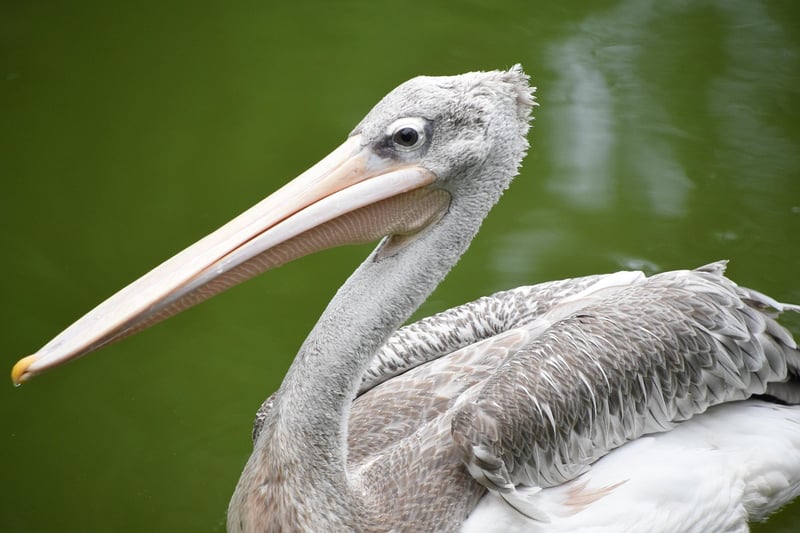Watering Tips
Essential Plant Maintenance Tips and Watering Guide
Introduction
Welcome to our comprehensive guide on plant maintenance and watering tips. Whether you're a seasoned plant enthusiast or just starting your indoor or outdoor garden, these essential tips will help you nurture your plants and keep them healthy and thriving.
1. Light and Temperature
Plants have varying light and temperature requirements. Ensure you place your plants in locations that match their specific needs. Some plants thrive in bright, indirect light, while others prefer low light conditions. Similarly, maintain appropriate temperatures for your plants to foster optimal growth.
2. Watering Frequency
One of the most crucial aspects of plant maintenance is watering. Overwatering or underwatering can be detrimental to plant health. Research the watering needs of each plant species you own and create a watering schedule accordingly. Factors such as soil type, pot size, and humidity levels influence watering frequency.
3. Soil and Fertilization
Choose high-quality soil that provides adequate drainage for your plants. Additionally, consider fertilizing your plants regularly to ensure they receive essential nutrients for growth. Select a fertilizer that matches the needs of your plant species and follow the recommended application guidelines.
4. Pruning and Propagation
Regular pruning helps maintain the shape and health of your plants. Remove dead or overgrown branches to stimulate new growth. Propagation is another way to expand your plant collection. Research propagation methods suitable for each plant type and enjoy growing new plants from cuttings or seeds.
5. Pest Control
Monitor your plants regularly for signs of pests such as aphids, spider mites, or mealybugs. If you notice any infestations, take prompt action to prevent pests from damaging your plants. Consider natural remedies or eco-friendly pest control products to protect your plants without harming the environment.
6. Watering Tips
- Water plants in the morning to allow for optimal absorption and prevent excess moisture at night.
- Use room temperature water to avoid shocking the roots of your plants.
- Water the soil directly at the base of the plant to ensure the roots receive moisture.
- Adjust your watering schedule based on seasonal changes and plant growth stages.
Conclusion
By following these plant maintenance tips and watering guidelines, you can create a nurturing environment for your plants to flourish. Remember that each plant is unique, so observe your plants regularly and adjust your care routine as needed. Happy gardening!

For more detailed information on plant care and maintenance, explore The Spruce Gardening.
